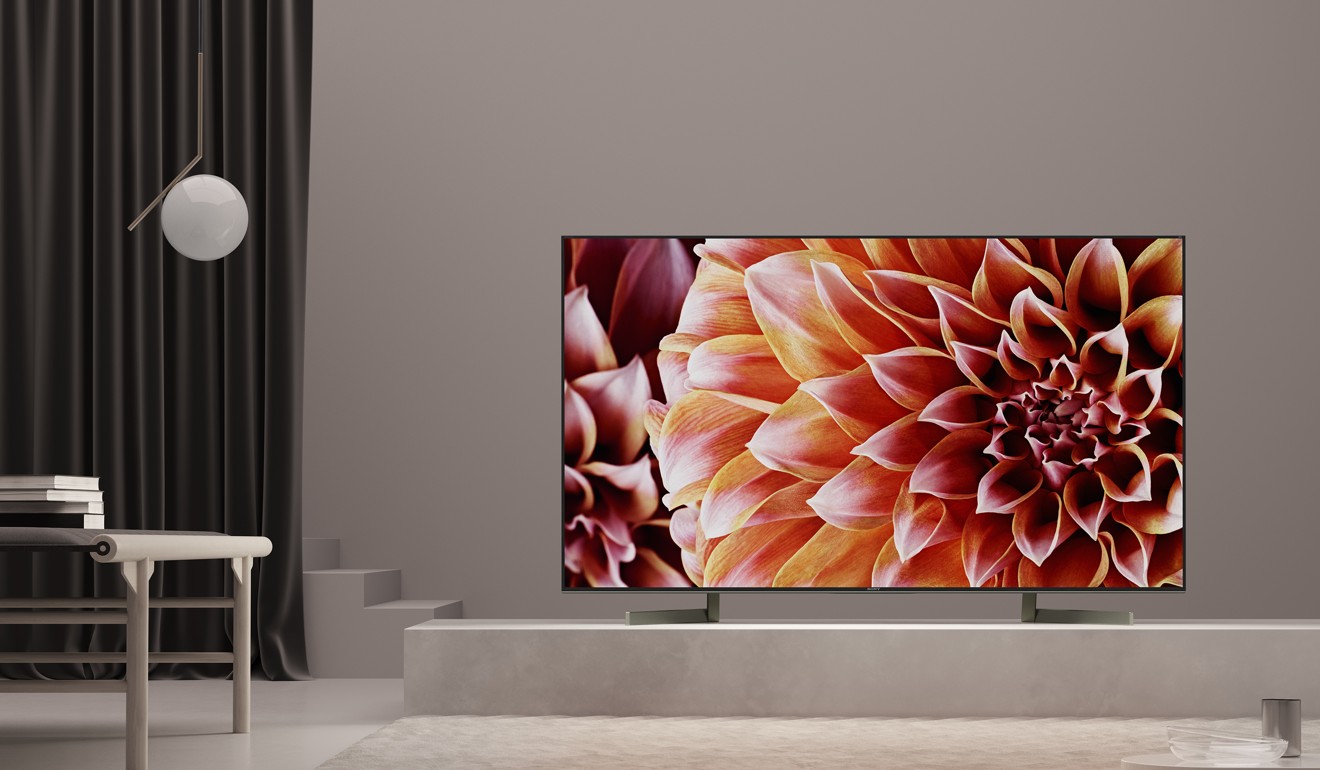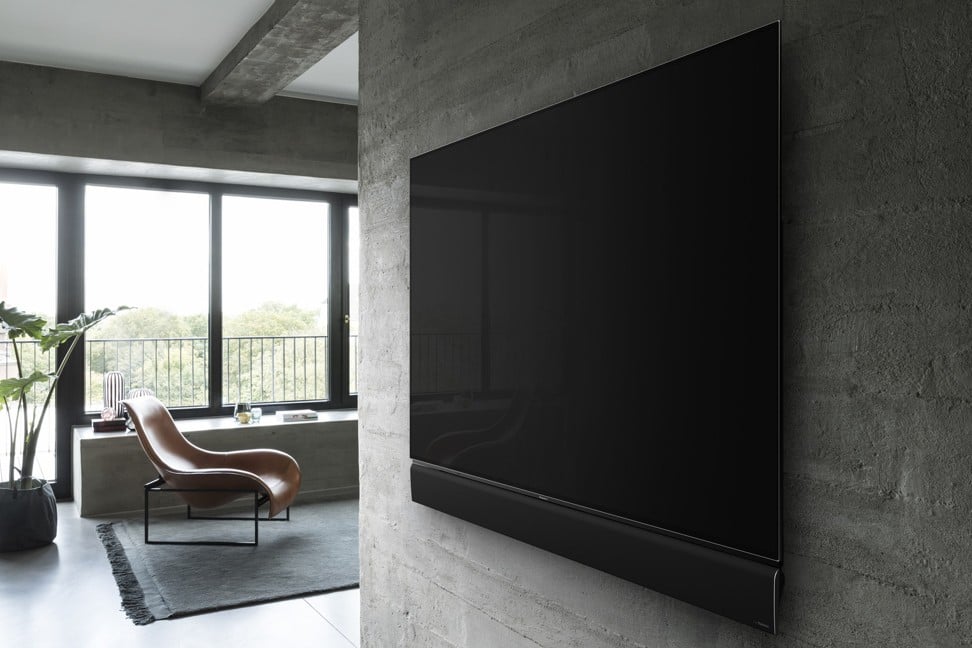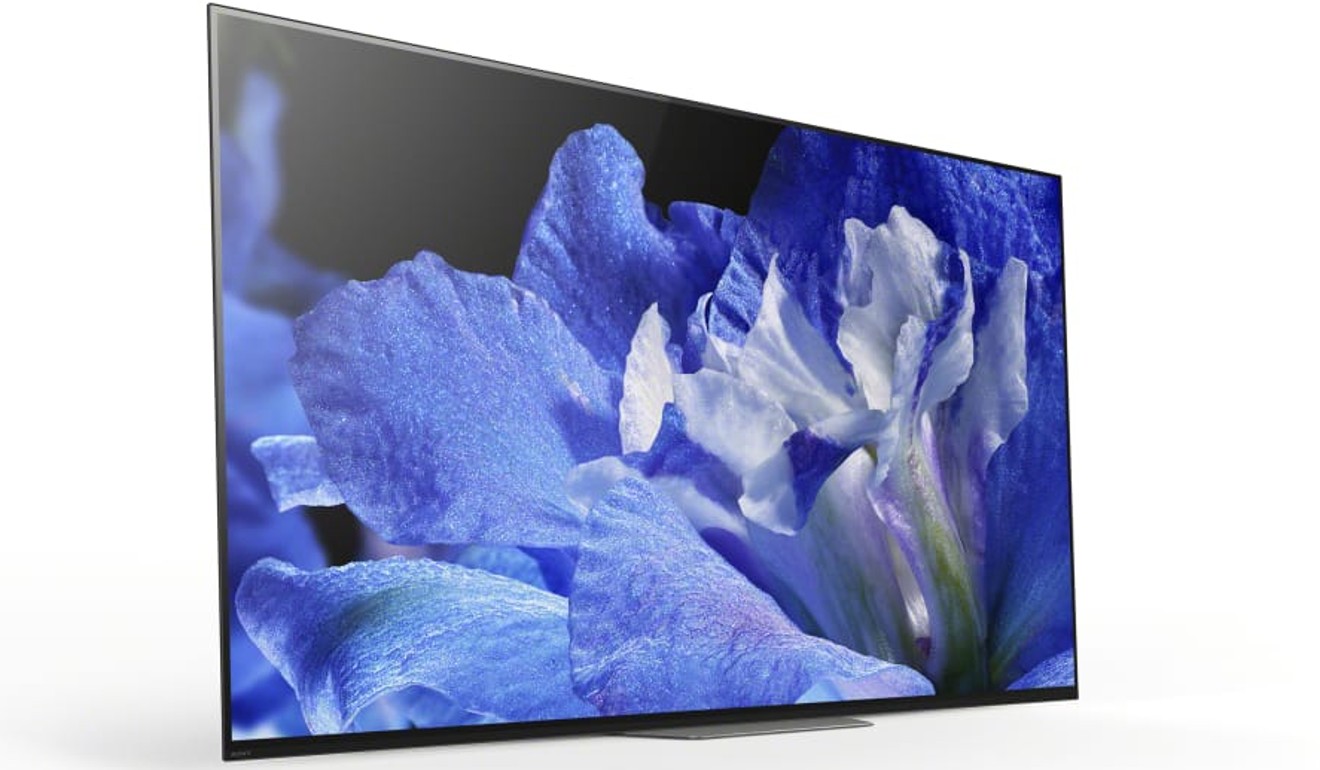
Stay tuned: next generation smart TVs will keep the world watching
Screens are now everywhere, leading some to speculate that television would soon lose its appeal. However, innovative manufacturers have been making advancements that are keeping the goggle box as popular as it ever was
Of all the screens now vying for viewer attention – laptops, tablets, smartphones, and so on – Hongkongers still love their television.
According to a Nielsen survey conducted last year, TV remains the favourite media channel in Hong Kong – still outpacing the internet – and rather than decreasing, its penetration is rising – up from 88 per cent in 2015, to 92 per cent in 2016.
The line-up of new products slated for release in 2018 and beyond suggests that, clearly, manufacturers have also kept the faith.
At annual consumer technology show CES in Las Vegas this month, brands once again debuted their next generation audio visual innovation.
Screens were predictably large and impressively smart. Intelligent technologies, such as Samsung’s QLED and LG’s ThinQ, make it easier to find movies and shows personalised to your taste, bring up photos and, via a built-in digital assistant, dim the lights as your viewing begins.

Concept products unveiled at the show offered a glimpse into the future of television. How about a TV that folds away when not in use? Or a screen made of modular components that can be arranged like an artwork, to fit your décor?
The foldaway TV – the work of LG Display, and not yet on the market – will be a boon for those living in small apartments. It offers the viewing enjoyment of a 65-inch ultrahigh definition OLED display, and then, when you’re finished, discreetly disappears. If you just want a peep – say to check the weather – only a small part of the screen can be displayed as well.
Dr Sang-Beom Han, vice chairman and CEO of LG Display, says this concept TV highlights the distinctive technological edges and unlimited potential of OLEDs. “It can be rolled up and hidden when not in use, and the small size of the rolled-up screen means that it can be more easily moved and stored, allowing for better space utilisation – something existing displays can’t deliver,” he says.
And to demonstrate its scalability, LG put on a mind-boggling walk-through exhibit where a giant OLED installation made up of multiple screens took fair visitors deep into the heart of a virtual giant canyon.

In other breakthroughs, Dr Han adds, LG Display has successfully developed the world’s first 88-inch 8K OLED display and upgraded the audio complexity of Crystal Sound OLED displays from the current 2.1 channel sound to 3.1 channel sound. Also on display were products that emphasise the additional advantages of OLED, such as a 55-inch transparent display and a 77-inch wallpaper OLED TV display.
The Wall … can transform into any size, and delivers incredible brightness, colour gamut, colour volume and black levels
Meanwhile, Samsung Electronics headlined its latest innovations in display technology by introducing The Wall as the world’s first consumer modular MicroLED 146-inch TV. It can be pieced together like a jigsaw puzzle to cover an entire wall – or any size you fancy.
Jonghee Han, visual display president at Samsung, says The Wall demonstrates how television is evolving to offer consumers an outstanding viewing experience, while acting as a centralised connected smart hub to enhance everyday life.
“The Wall represents another breakthrough,” he says. “It can transform into any size, and delivers incredible brightness, colour gamut, colour volume and black levels. We’re excited about this next step along our road map to the future of screen technology, and the remarkable viewing experience it offers to consumers.”
Samsung also featured its new QLED TV, featuring 8K AI technology, which will be launched internationally starting with Korea and the US during the second half of 2018, as well as its new range of 2018 smart TVs with enhanced connection and convenience functions including Bixby, the brand’s intelligent assistant platform that enables easier interaction between the TV and its users.
Panasonic seeks to bring the full cinema experience into the home with its new range of OLED TVs for 2018, models FZ950 and FZ800, all supporting HDR10+ dynamic metadata technology.
The big change is in major improvements in the HCX 4K video processor which the company claims delivers the most accurate TV pictures ever. It features a new Dynamic LUT (look up table) system, a technology used extensively in professional post-production and broadcast circles in Hollywood to ensure colour accuracy.

Until now, the company explains, LUTs were fixed according to the colour space used by the source. With this innovation, the HCX automatically monitors the average brightness level of a scene and uses picture analysis to dynamically load an LUT appropriate to that scene. This brings significant improvements to mid-brightness scenes, making them look much more natural. Panasonic has also included additional layers of LUT data to improve colour accuracy in shadows.

Sony’s A/V line-up for 2018 includes the new 4K OLED Bravia AF8 series, equipped with a 4K HDR image processor X1 Extreme together with Sony’s Acoustic Surface technology that vibrates the display and enables sound to be output directly from the TV screen. Through the brand’s new X-Motion Clarity technology, moving images are precisely controlled in order to minimise blur, and it keeps fast action scenes clear and smooth. With a large screen size of up to 75 inches, the company says, viewers can enjoy the fast-moving action of a movie or sport content in blurless, high quality images on a big screen.

